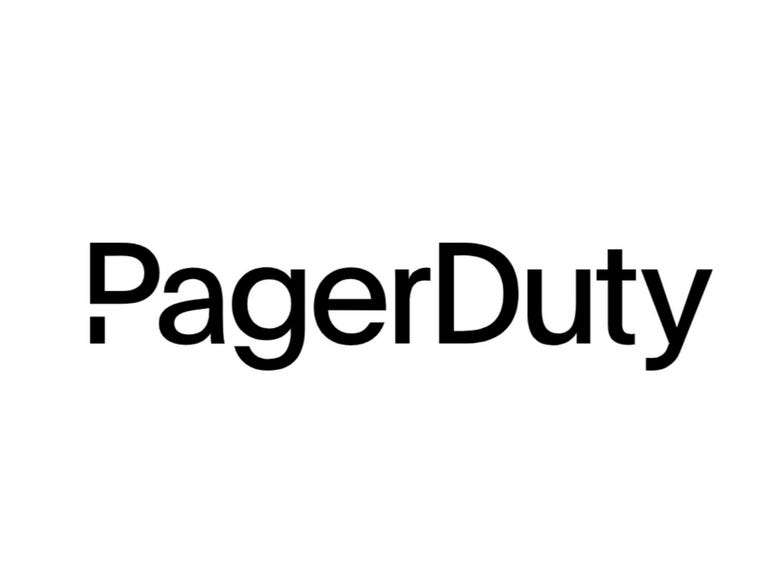
Operations management software maker PagerDuty this afternoon reported fiscal Q4 revenue that topped analysts’ expectations, a smaller-than-expected net loss, and forecast revenue higher as well, but also projected net losses deeper this year than the current Wall Street view.
The report sent PagerDuty shares down sharply in late trading.
CEO and founder Jennifer Tejada called the results “outstanding,” adding, “We added $59 million in revenue, reaccelerating growth sequentially to 29% year over year, as our momentum built to close out an unparalleled year.”
Added Tejada, “During fiscal 2021 we continued to see strength in the enterprise and mid-market, with total dollar-based net retention of 121 percent and enterprise dollar-based net retention above 125 percent exiting the year.
“I am incredibly appreciative of our customers and partners for their loyalty and trust, and grateful for the PagerDuty team, whose resilience, commitment and customer devotion over the last 12 months was inspiring and delivered a great outcome for our stakeholders.””
Revenue in the three months ended in January rose 29%, year over year, to $59.3 million, yielding a net loss of 7 cents a share.
Analysts had been modeling $57.5 million and an 11-cent loss per share.
PagerDuty said it saw continued expansion among enterprise customers, saying it was the “eighth consecutive quarter in which approximately a third of its enterprise customers expanded.
Expansions during the quarter included Dropbox, Marqeta, Morgan Stanley, Netflix, Okta, and Slack.”
PagerDuty said its cash flow from operations rose to $3.4 million in the quarter, from $1.8 million in the year-earlier period, and its full-year cash flow swung from a net loss to a net positive, totaling $10.1 million.
For the current quarter, the company sees revenue of $61 million to $63 million, and a net loss per share in a range of 9 cents to 10 cents. That compares to consensus for $60.7 million and a 7-cent loss per share.
For the full year, the company sees revenue in a range of $264 million to $270 million, and a net loss of 36 cents to 43 cents. That compares to consensus of $263 million and a 22-cent loss per share.



